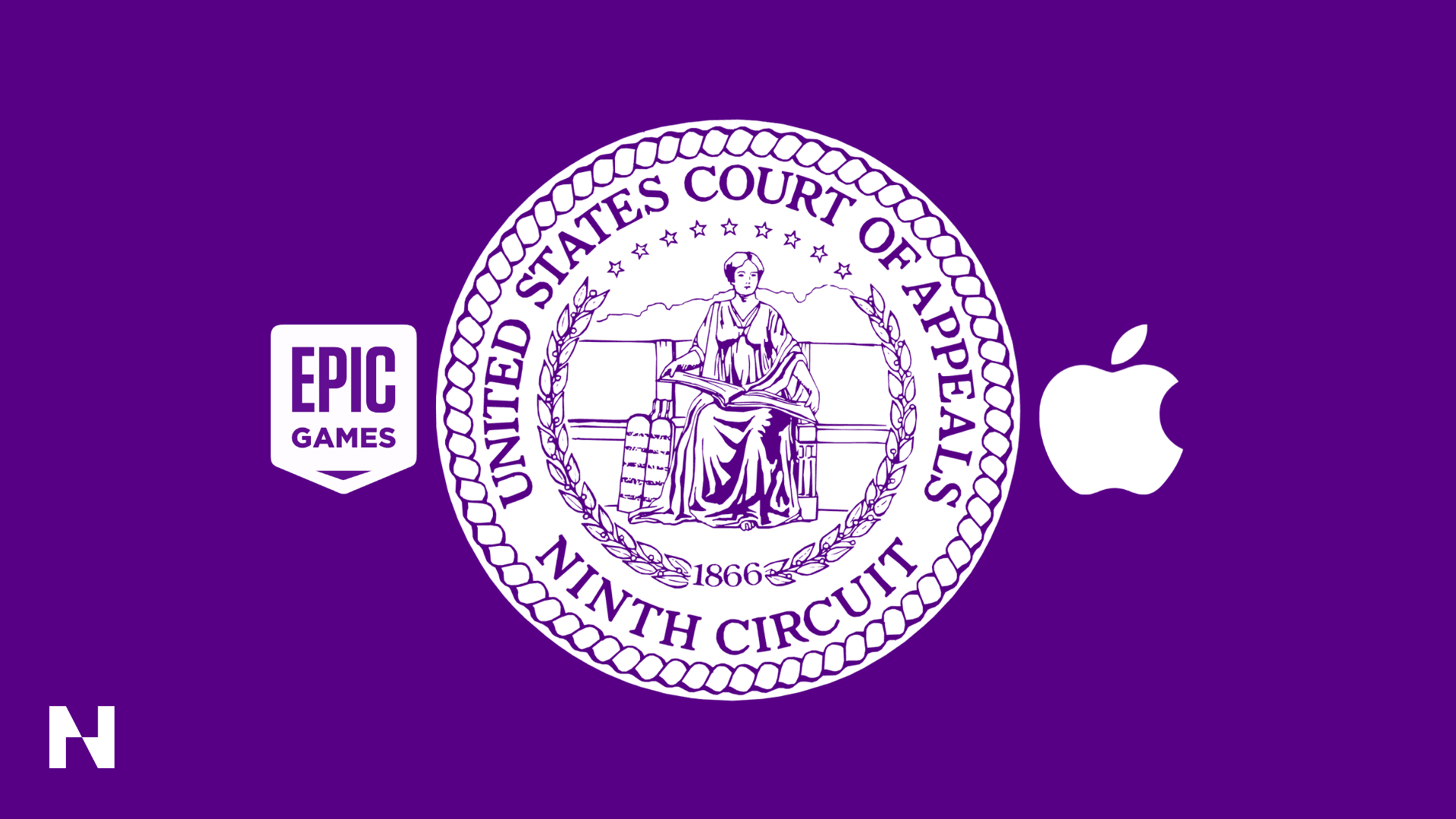If you're running a mobile game, you already know app store fees are steep. You can keep a lot more of your revenue by going direct-to-consumer (DTC) with a webshop and/or alternative checkout, if it's done right. But hidden MoR fees can quietly erode your margins, sometimes costing more than the 30% you're trying to avoid.
The hidden fee problem
MoRs handle payments, taxes, fraud, and compliance, but many MoRs pass on other costs without making them clear. This is called Cost-Plus pricing, where the MoR charges their fee and also passes on all the underlying fees associated with payment processing.
That 5% "flat rate" you were quoted? It probably doesn’t include fees for payments, FX, or regional taxes. If those additional costs are being passed on, then you could be paying much more than expected.
Taking a closer look at "Cost-Plus" pricing
This model is widely used by most MoRs. You pay all underlying variable fees (payment processing, FX, disputes, repatriation) 'plus' a markup for the MoR’s service. For instance, your MoR might charge 5% on top of payment processing fees, but your actual total fee comes out to 8–20% or higher.
Let’s take a look at two different types of common payment scenarios to showcase how Cost-Plus varies transaction to transaction, and illustrate the ultimate effective rate you pay with MoRs using a Cost-Plus model.

As you can see, a Visa credit card payment in the US (assuming you’re working with a US-based MoR) ends up costing 9.2% of the total purchase amount (you receive $36.30 of the $39.99). Let’s take a look at another transaction scenario at the same price point.

In this example, you’re effectively paying over 13% of the item price. International payments bring along higher fees and PayPal is a bit more expensive than the card networks.
And then there are dispute fees
In a Cost-Plus model, you're responsible for chargeback and dispute fees, often costing $15–30 per case. We didn’t include these considerations in the above illustrations, but they aren’t edge cases; they’re a common, incremental cost that quietly eats into your revenue.
Why Cost-Plus pricing hurts developers
It’s more expensive than you think: Costs can balloon to 20%+ once you factor in fees for payments, FX, and disputes. Cost-saving is a primary benefit of DTC in the first place, so what’s the point if you end up paying just under what Apple and Google charge for IAPs?
Costs are unpredictable: Your DTC costs (and thus margin) swings month to month depending on how players choose to pay, making it nearly impossible to forecast or scale confidently.
Payments optimization becomes your job: Cost-Plus puts the burden on you to optimize payment methods, track performance, and control costs. This is complicated work that most game teams aren’t equipped (or simply don’t want) to handle, especially if you have no control over negotiating those fees down with the providers directly.
All costs, no control: Because chargeback and dispute fees are passed on to you, your MoR has no incentive to triage disputes thoughtfully. But despite incurring those costs, you have virtually no control over how those risk decisions are made. How is that fair?
Developer-centric pricing models
Unlike Cost-Plus, some pricing models are built to protect your margin, align incentives, and simplify your operations.
"All-in" Model
A single, all-inclusive percentage (typically under 10%) covers everything, regardless of how players pay. It’s easy to forecast, protects you from surprise fees, and puts responsibility for payment optimization and fraud management where it belongs: with the MoR.
"Hybrid" Model
Combines a percentage fee with a small fixed charge (e.g., 5% + $0.30). It’s fair and sustainable for larger purchases, where the fixed fee becomes negligible. While not ideal for microtransactions, it still prevents runaway costs and keeps your margins more stable.
Seek transparency & audit your MoR regularly
Don’t assume a headline rate is the full story. Make sure to audit your MoR regularly, ideally once per quarter. Your MoR should provide you with detailed, transaction-level reporting, but if not, ask for itemized reports (including taxes, processing, FX, etc.). The more visibility you have, the easier it is to understand where the money is going. If your provider pushes back on sharing that data, that’s a big red flag.
How to audit your current setup
If you already have a webshop, take a close look at your MoR fees. Calculate your effective rate: i.e., the total fees taken out of your revenue each month divided by your gross revenue. If it’s noticeably higher than the rate you were quoted, hidden costs may be the culprit.

Take control of your DTC margins
Suspect you’re overpaying? Let Neon review your setup and show you how much more revenue you could keep. Even small fee cuts make a big impact at scale.
Book a no-strings-attached consultation with our DTC experts to figure out what pricing model is right for you. With the right approach, you can offset app store fees and hidden MoR charges, and keep more for revenue to reinvest in development, marketing, and delivering great player experiences.







